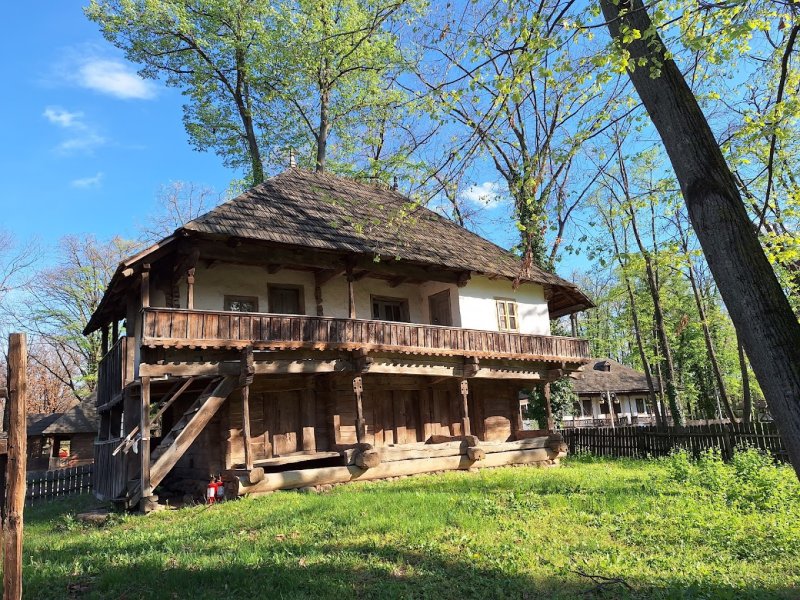The Dimitrie Gusti National Village Museum, the second largest open-air ethnographic museum in the world after the one in Stockholm, is a fascinating place where you can get to know your past, your history, your roots. It is the mirror of Romanian country life, the museum celebrating Romanian traditions and culture.
Inaugurated in 1936 by the sociologist Dimitrie Gusti, the museum offers an authentic picture of rural life in different regions of Romania. More than 300 traditional buildings, including houses, churches, mills and craft workshops, have been brought here and carefully reconstructed, creating a genuine Romanian village.
Visitors to the Village Museum are invited to explore a varied landscape, from the wooden houses with carved gates of the Maramureș region to the Transylvanian Saxon dwellings and the households of the Danube Delta. Each building reflects the architecture and traditions of its area of origin, and is decorated with household objects and traditional tools illustrating the way of life of rural communities.
The museum often organizes cultural events and interactive workshops that allow visitors to participate in various traditional activities such as weaving, pottery and woodworking. Seasonal festivals and fairs bring together craftspeople, artists and the general public, promoting folk traditions and customs.
Visitor Information:
Address: Șoseaua Pavel D. Kiseleff 30, Bucharest 011347
Program:
- Summer: Monday 9.00 - 17.00; Tuesday - Sunday 9.00 - 19.00
- Winter: Monday - Sunday 9.00 - 17.00
The price of a ticket is 30 lei/adults, 15 lei/pensioners and 8 lei/students.
No appointment is necessary to visit the National Village Museum "Dimitrie Gusti". Appointments are required only if a guide is requested.
How to get to the Dimitrie Gusti Village Museum:
- Bus: 203, 205, 331, 335, 331B, 403, 442, 443, 443B, 444, 447, 261, 304, 441, 441B, 446, 282, 100.
- Train: R-M
- Subway: M2
- Tram: 41
Photo: AFKology
Also recommended A Guide to Bucharest’s museums: what to visit and when
Also recommended 5 self-guided walking tours to discover Bucharest on foot
